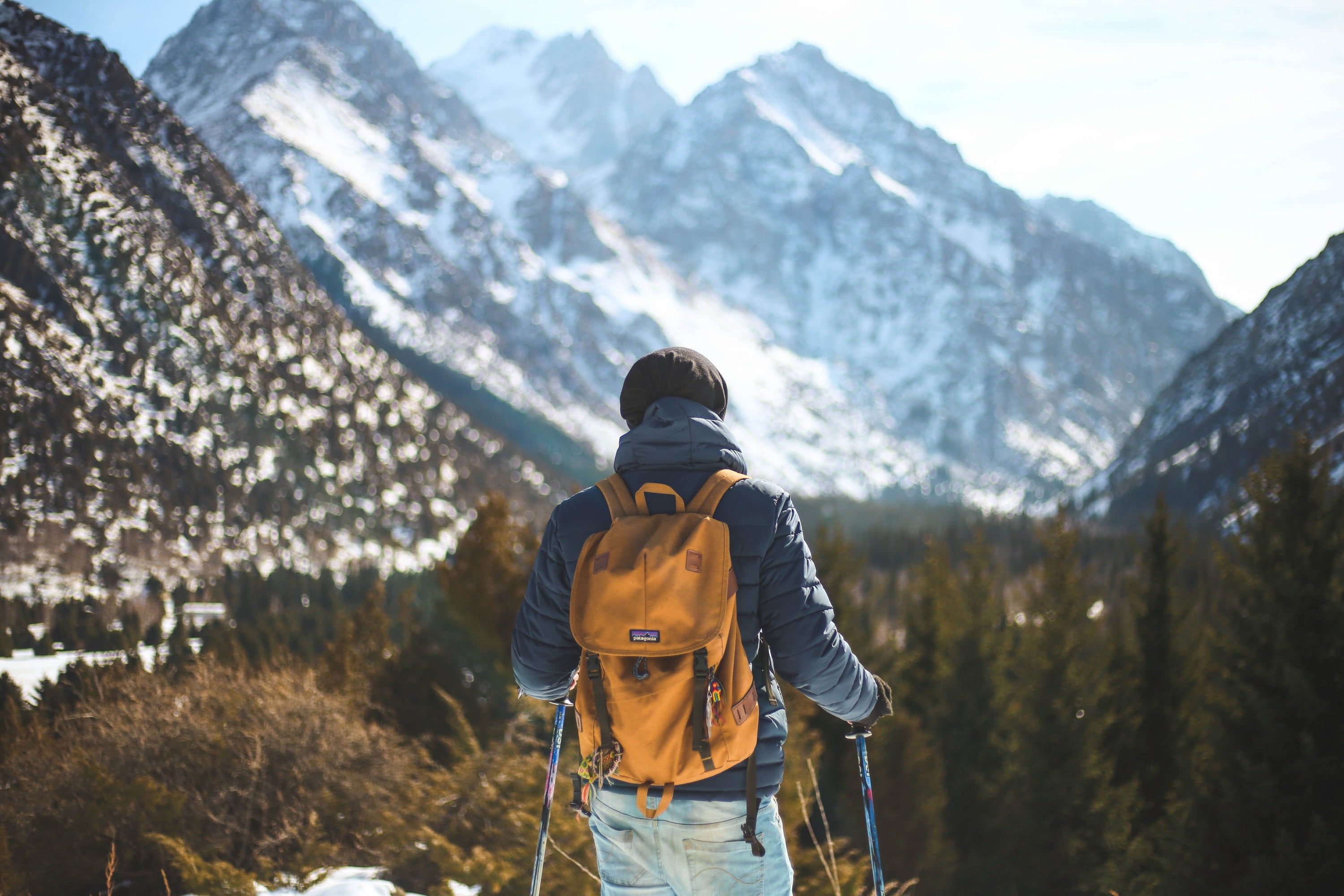Hiking is one of the most enjoyable activities for nature lovers. It provides an excellent opportunity to escape the city and explore the breathtaking landscapes our planet has to offer. For photographers, hiking is also a great chance to capture unique images and create unforgettable memories. However, hiking can be challenging for photographers who need to carry their equipment while on the move. In this article, we will discuss how you can take stunning photos while hiking and highlight the importance of the Camstrap, a hands-free camera strap.
The Basics of Hiking Photography
When going on a hike, it's important to have photography equipment that suits your needs. If you are a professional photographer, you might want to bring your DSLR with several lenses. If you are an amateur photographer, a compact camera might be more practical. Regardless of your choice, it is important to understand the basics of hiking photography.
The first thing to consider is exposure. Exposure refers to the amount of light that reaches your camera's sensor. For a well-exposed photo, you need to find the right balance between aperture, shutter speed, and ISO. Aperture refers to the size of the opening in your lens diaphragm. Shutter speed refers to the length of time the camera's shutter remains open. ISO refers to your camera's sensitivity to light. By using these three elements, you can create the correct exposure for your photos.
Focal length is also important. It determines the distance your lens can zoom in or out, ranging from wide-angle to telephoto. A longer focal length is ideal for portraits, while a shorter focal length is ideal for landscapes.
Composition and Light
Composition is also crucial in hiking photography. Composition refers to how you arrange the elements in your photo, including the placement of objects and the choice of shooting angle. For a well-composed photo, it is important to follow basic composition rules, such as the rule of thirds and symmetry.
Natural light is another key element of hiking photography. The best photos are often taken at dawn or dusk when the light is soft and warm. Cloudy days are also perfect for landscape photos, as clouds diffuse the light and create soft shadows.
Flash can also be useful in hiking photography. If you are taking portraits or still life photos, an external flash can help.
Choosing the Right Strap: Camstrap
When going hiking, it is essential to choose equipment that meets your needs and practice. This includes choosing a strap to carry your camera safely. The Camstrap is one of the best choices for hikers and budding photographers, thanks to its hands-free design that allows for optimal freedom of movement.
With Camstrap, the camera is securely attached to your chest, freeing up your hands to climb rocks, adjust your backpack, or simply enjoy the view. The strap is also designed to distribute weight evenly, reducing fatigue and preventing back and shoulder pain.
Additionally, Camstrap is made with high-quality, weather-resistant materials, ensuring the durability and reliability of the strap in extreme conditions. It is also compatible with a wide range of cameras, lenses, and common accessories.
Advanced Tips for Hiking Photography
- Golden Hour Shooting: Take advantage of the golden hour for the best natural light.
- Tripod Use: For stability in low-light situations.
- Filter Experimentation: Use polarizing filters to reduce reflections and enhance colors.
- Manual Mode Mastery: Practice using manual mode for full control over your camera settings.
- Backup Equipment: Always carry extra batteries and memory cards.
By following these tips and using reliable equipment like the Camstrap, you can capture stunning photos while enjoying your hiking adventures.





